A Visit from Erin Stead . . .
 January 16th, 2018 by jules
January 16th, 2018 by jules
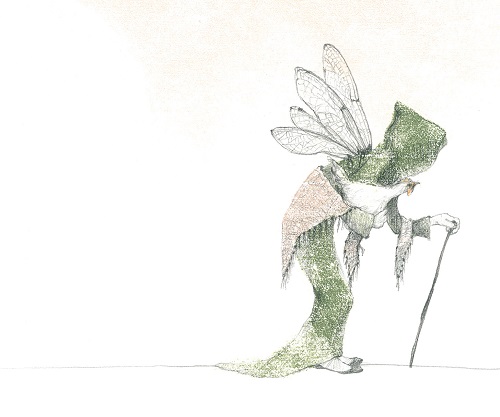
Over here at Kirkus at the tail end of last year, I wrote briefly (in my 2017 Children’s Book Ghost File) about The Purloining of Prince Oleomargarine by Mark Twain and Philip Stead with illustrations by Erin Stead. You can head over there to read what I wrote, if you’re so inclined, but it boils down to this: What a remarkable achievement this book is. And what an entertaining story.
I also mentioned the exquisite illustrations by Erin. Today, I am getting out of the way and handing 7-Imp over to her so that she can share what it was like (for both her and Phil) to take on this project. She also shares lots of images and art, which you know makes this blogger happy. I thank her for sharing.
Erin: It’s nighttime at the end of December of 2017 as I write this. Phil and I are snowed in — in a farmhouse in Leelanau county that we moved into three-and-a-half years ago, which is the same time we started one of the oddest, most all-encompassing, most thrilling, and most abjectly terrifying projects we would ever take on.

But I digress.
Four years ago, Phil and I received a phone call from our agent, asking us if we’d be willing to sign onto a project that, unfortunately, she could tell us very little about. There was some blurry information about notes for a story from Mark Twain, that it was more like an outline for a story, it needed an ending, it had some magical elements, and we would have free reign to complete it together. But they needed to know if we were interested before we could officially know anything. So, were we?

(Click image to enlarge)
I became a professional illustrator with some doubt but quickly learned to approach my career with something similar to the tenets of improvisation (when faced with a challenge, you try to say “yes, and…”). I think Phil and I both try to explore different avenues for storytelling through picture books. So, when an odd phone call like this comes ringing, we said, “sure.” We asked a few questions about how much room there was for us to make the story and any sort of approval process (to which the answers were plenty and none, respectively). For better or worse, Philip and I are idealistic and often protective of our process, but we figured we could always back out if anything actually came of this odd request. Or, more likely, we would never hear from them again, because they would obviously realize we were completely unqualified.
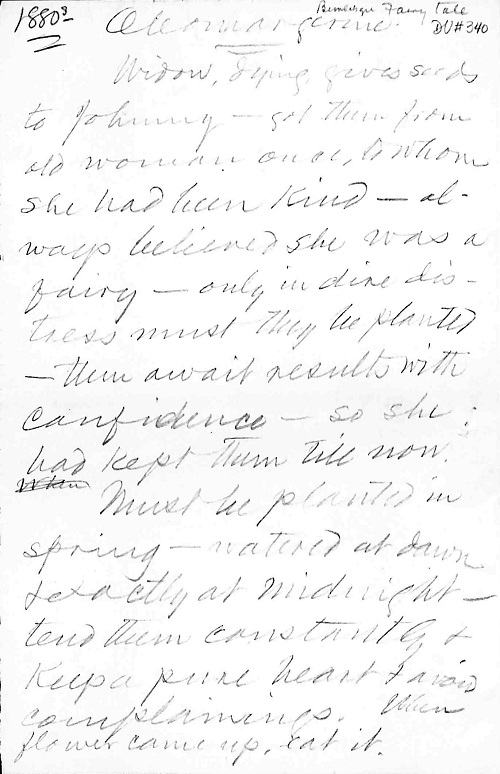
(Click image to enlarge)
And so, we were somewhat surprised when, about six months later, we were sitting with top-secret handwritten notes from Mark Twain, a story outline with no ending, and a book contract with a deadline that had our names on it.
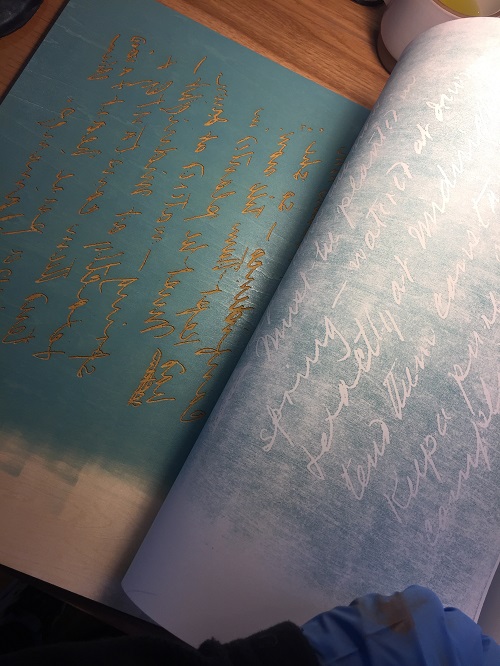
These became the endpapers of the book, so everyone could see them in some form without taking away from the story.”
(Click image to enlarge)
At the same time, we signed a contract to buy a house in northern Michigan. It was very quiet and special and was plopped in the middle of a lot of land. I considered it retirement housing for my dog, a very special mutt Phil made sure I adopted from the shelter, while I was lost and friendless in art school. At that point, she had been my co-worker for 12 years, had already beaten cancer, and helped me beat depression, and she deserved some acreage to roam around. But the human mind is porous, and the new location became another co-worker, assisting us through this new book.
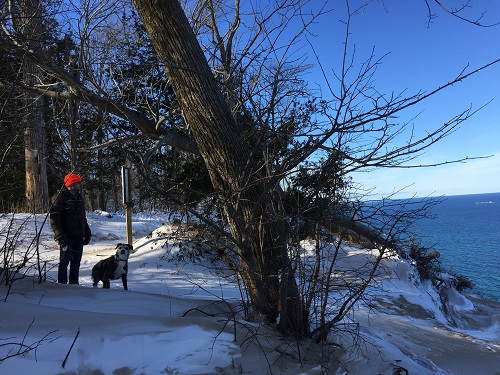

The notes we received were more like an outline for the story in Mr. Twain’s handwriting. There was no ending but plot points and characters to guide us along. The publisher first came to us with the assumption we would be making a picture book that was the standard length of 32 pages. Right away, we said that we couldn’t do that exactly. We wanted to make a picture book, but the prose and storytelling would have to be a little longer. The plot Twain left us needed a little more room, and if we were to honor his writing, the text and illustrations would need more room as well. We doubled the size and told them we’d be making it 64 pages. They accepted. Three years later, we turned in 160 pages of picture book. To their unending credit, they did not bat an eye.
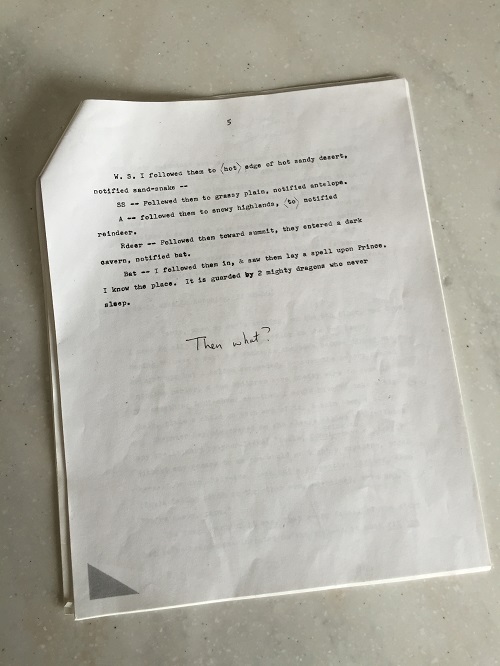
We’re very impressive people.”
(Click image to enlarge)
The Fall after the contract was signed and the moved was completed, Phil headed off to a small island in Lake Michigan to write the first draft. We try to take things in stride (Phil is better at it than I am), but sharing a copyright with a literary icon can rattle just about anyone. It was a terrific opportunity we took very seriously. We did a lot of research and read a lot of Twain. More importantly to us, we tried to get to know the man Samuel Clemens. His autobiography, recently published at Twain’s request that it not be released until 100 years after his death, was essential. The entire thing (three volumes, something like a million pages) was dictated. This was important to us, because we had to collaborate with him. We couldn’t just imitate him. That would be certain failure. He jotted these notes down for his daughters, based off of stories he would twirl around for them at night. We decided our way in was through this oral tradition. This would allow us the space to infer, edit, and add our own thoughts and opinions on the story. What’s the worst that could happen besides the ceaseless haunting from the ghost of Mark Twain and the glorious flames of our career as it hurdles towards earth?
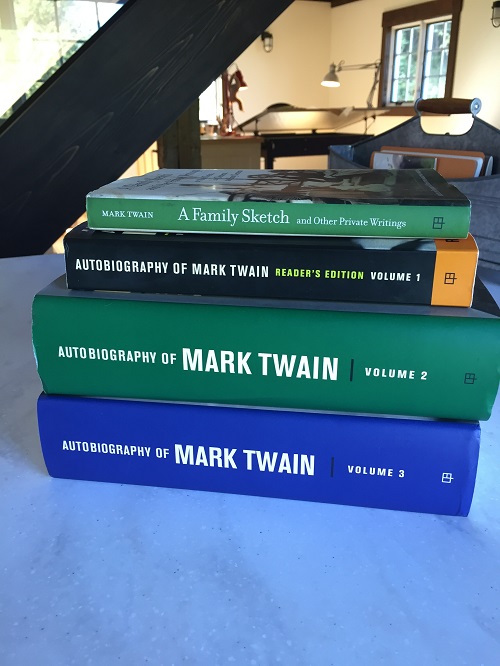
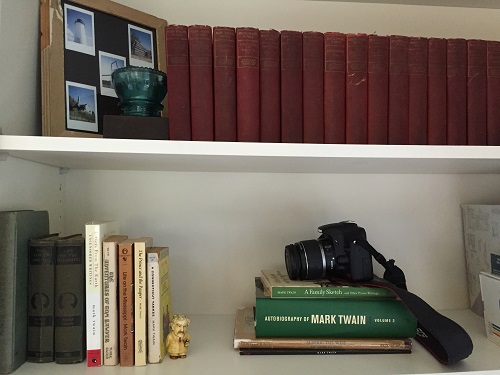
(Click each image to enlarge)
From the beginning, we were pretty certain we wouldn’t be able to make Mark Twain happy about this collaboration. I always imagined he’d be happy to be published again but would gleefully grumble about our names sharing space on the cover. We did think we could make Twain’s daughters happy. One of our guiding principles was based off of a segment of a biography of Twain written by his 12-year-old daughter. She wrote, “I have wanted Papa to write something of his kind and sympathetic nature.” It was perfect. This was our in.
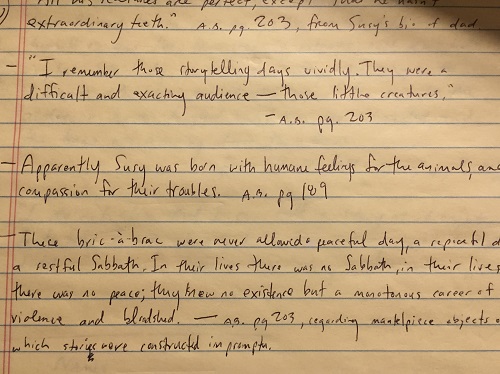
(Click image to enlarge)

(Click image to enlarge)
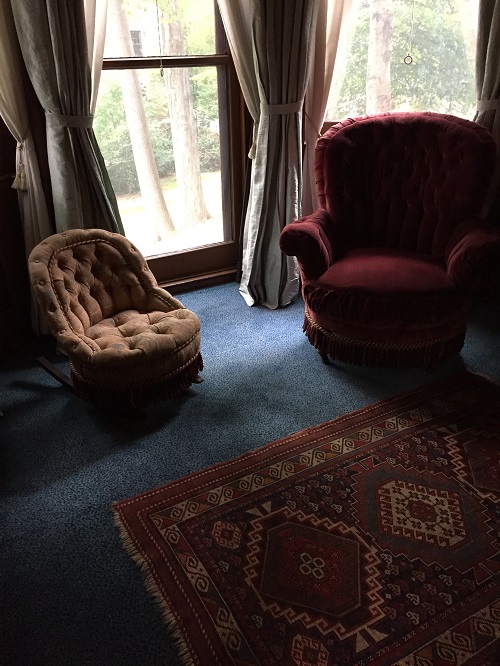
despite it being so carefully built that it made Twain broke.”
(Click image to enlarge)
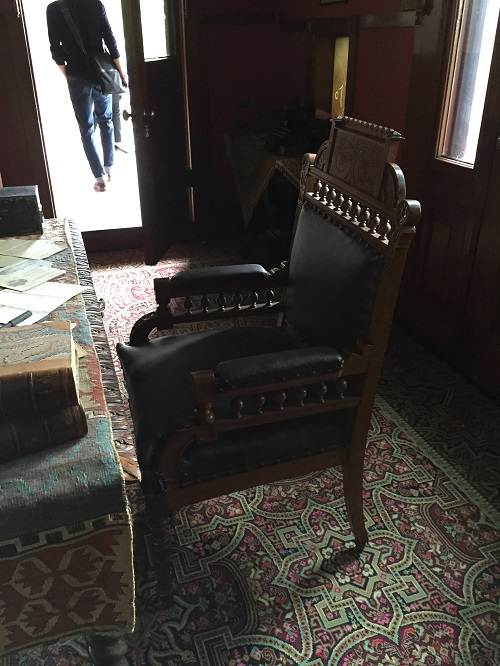
which later became the queen’s throne in our story.”
(Click image to enlarge)
Philip returned from his retreat on the island with his first draft in hand. It was longer than I was expecting, and the storytelling was a little more complicated. (I’m hesitant to tell you more in case you’d like to read it one day.) But there was plenty of room for me to insert myself as the third voice in the story, which is one of the fun parts about being an illustrator.

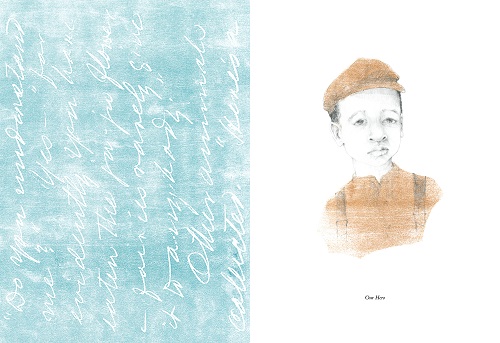
followed by some final art from the book …
(Click each image to enlarge)
I’m married to the author, so it feels a little funny to tell you my opinion of this book. But, simply, I was pleased. Normally, I feel a lot more possessive about a text, once it’s handed over to me, but with this one was Phil’s. It was my job not to screw it up.
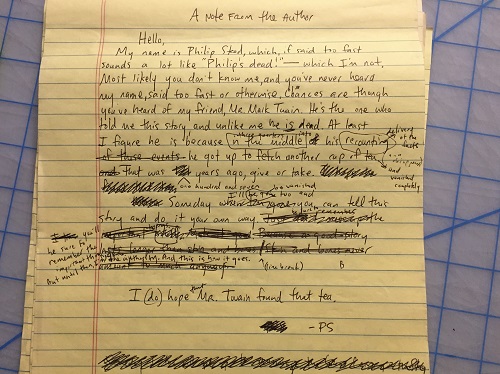
(Click image to enlarge)
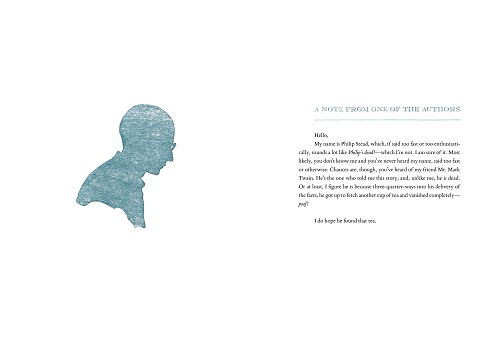
“Hello. My name is Philip Stead, if said too fast or too enthusiastically,
sounds a lot like Philip’s dead! — which I’m not! I am sure of it. …”
(Click image to enlarge and read text in its entirety)
Laying the book out took me just as much time as making the pictures, I think. I read the manuscript over and over again and then split it up by gut, the way I do with any picture book. I’ll admit that I was a little luxurious about it sometimes. I really wanted this book to be read, not just perused by adults and never read, either by the grown-ups themselves or aloud to children. This was a storybook. I wasn’t making decorations; I was illustrating. I wanted to emphasize moments, add pauses, and get my grubby little hands all over this thing. But in doing so, as an illustrator you have to respect the work. I decided that every time Phil (or Mr. Clemens) took their time to describe a scene as well as they did, I should back out of it. I didn’t need to pile on.
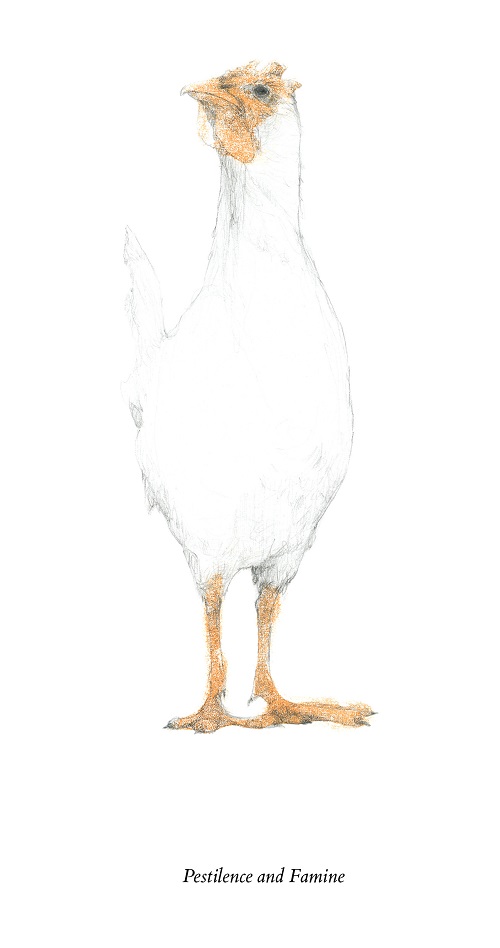
one Famine. But again, we must stick to the facts. Now there is one chicken,
and she goes by two names.”
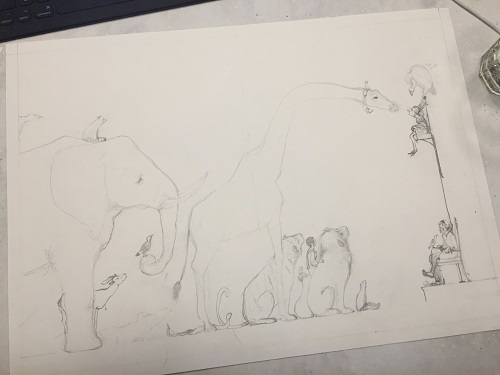
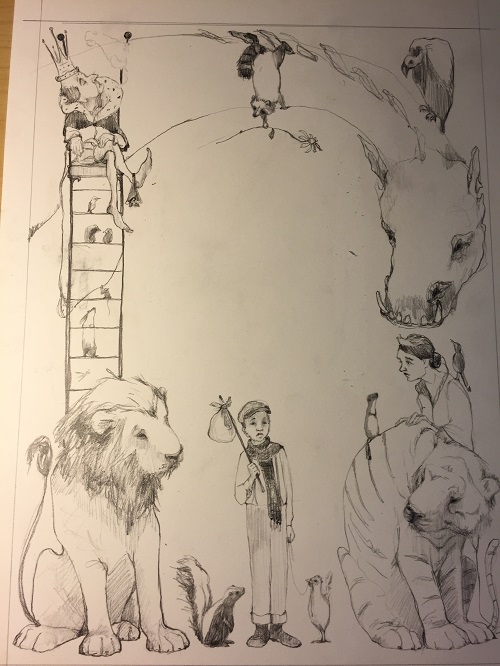
(Click each image to enlarge)
So, bingo bango, three years pass and then the book is done. Just like an infomercial!
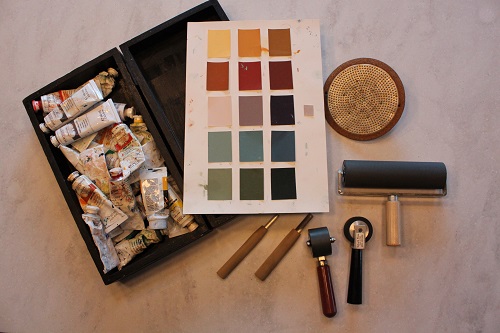
The book is all block-printed with pencil drawings. …”
(Click image to enlarge)
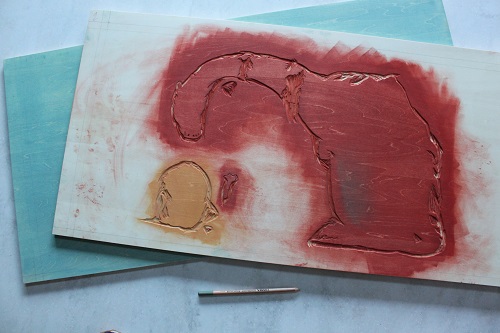
where the ink is rolled onto the block and wiped away.
This gave it a softer effect for things like the dusty landscape and skies.”
(Click image to enlarge)
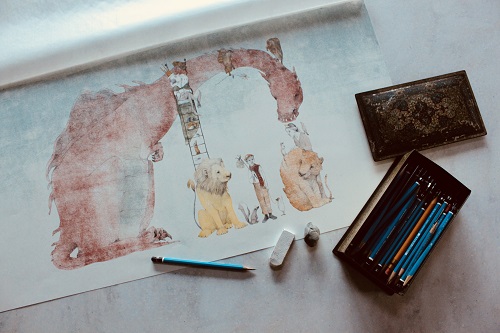
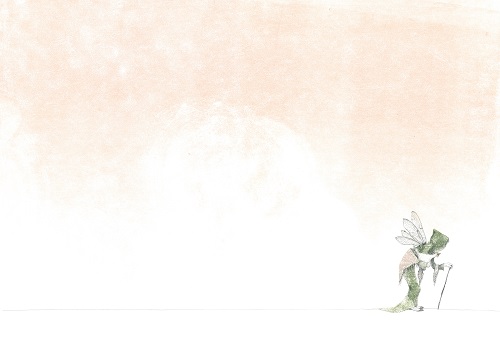
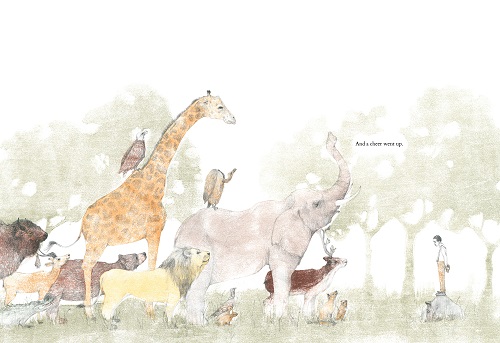
(Click to enlarge)
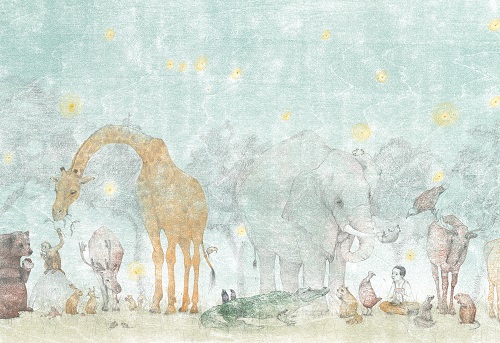
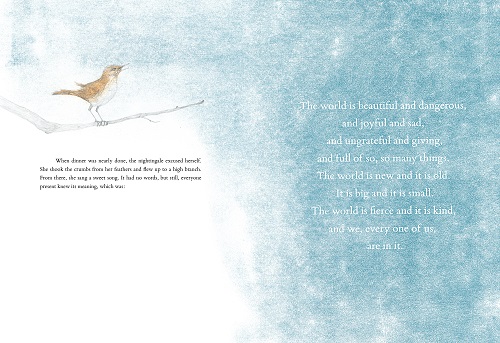
It had no words, but still, everyone present knew its meaning, which was …”
(Click to enlarge spread and read text in its entirety)

(Click image to enlarge)

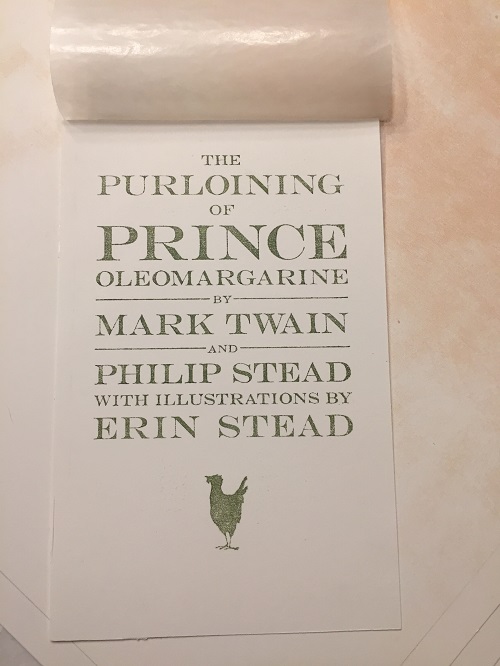
(Click image to enlarge)
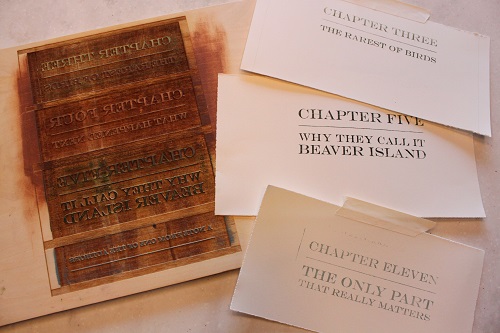
(Click image to enlarge)
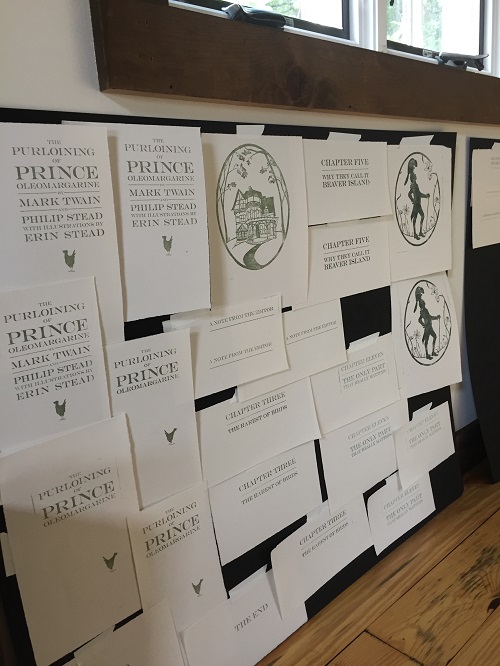
There was a lot of type.”
(Click image to enlarge)
The reality is, as I sit here three-and-a-half years later, almost nothing is the same about our lives as it was when we started. We went through some highs and historically-low lows within that time. Our dog is now almost 16 and has a new human sister. The farmhouse has been a quiet companion, allowing clarity and peace during some of the pendulum swings. I don’t expect to ever take on another project as all encompassing as this, unless you count the baby. But you never know. I have a neat job.
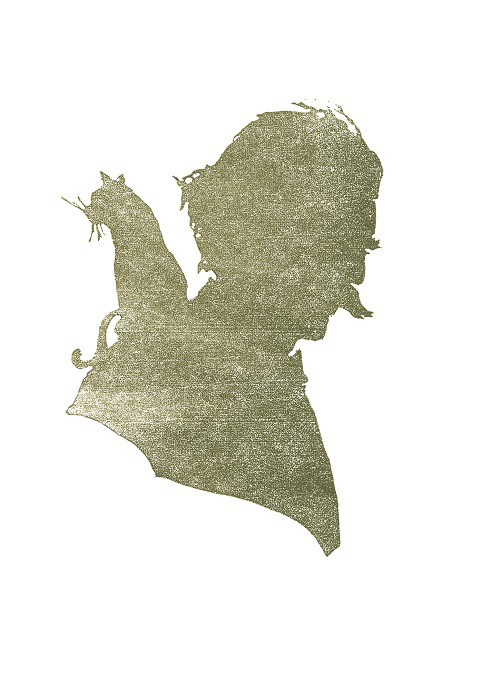
THE PURLOINING OF PRINCE OLEOMARGARINE. Text copyright © 2017 by Philip C. Stead. Jacket art and interior illustrations © 2017 by Erin E. Stead. MISCELLANEOUS WRITINGS: PREVIOUSLY UNPUBLISHED LETTERS, MANUSCRIPT LETTERS, AND LITERARY MANUSCRIPTS AVAILABLE IN THE MARK TWIN PAPERS by Mark Twain © 2001 by the Mark Twain Foundation. Published by Doubleday Books for Young Readers, New York. All images here reproduced by permission of Erin Stead.
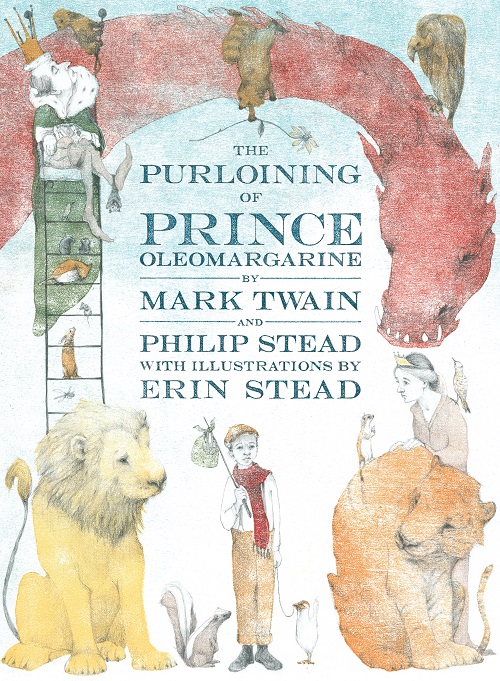

Long-time reader and aspiring children’s author here, at last compelled to comment because I am left simply awestruck by the time, effort, passion, craft, and pure love represented here by Erin. I cannot wait to read this stunning masterwork, and can only hope to one day create something half as remarkable. Thank you for sharing.
Beautiful, delightful, enchanting! What a treat to read this piece and to see the delicious art. Thank you for sharing this, it is an inspiration that I will re-read with pleasure.
Thank you for all of the pictures! This book is gorgeous, and the only thing on my birthday list 🙂
Just catching up a bit–and blown away by this post. Thanks to you, Jules, and Erin Stead for the interview and art!